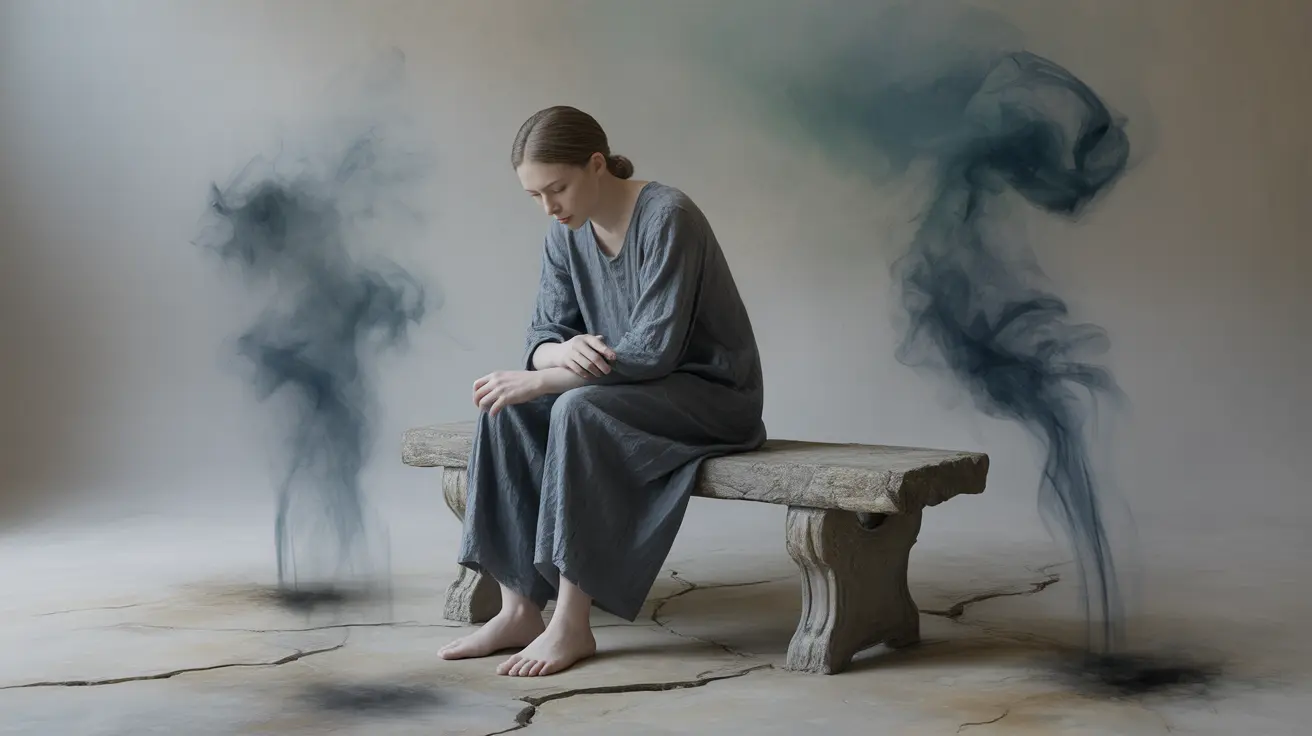Unspecified depressive disorder is a mental health condition that can significantly impact a person's emotional well-being and daily functioning. While it shares some characteristics with other forms of depression, its unique diagnostic criteria and presentation make it important to understand as a distinct condition.
This comprehensive guide explores the nature of unspecified depressive disorder, its symptoms, how it differs from other depressive disorders, and available treatment options. Understanding this condition is crucial for those affected and their loved ones to seek appropriate help and support.
What is Unspecified Depressive Disorder?
Unspecified depressive disorder is a diagnostic category used when a person experiences significant depressive symptoms that cause distress or impairment but don't fully meet the criteria for other specific depressive disorders. This diagnosis allows mental health professionals to acknowledge and treat meaningful depressive symptoms while maintaining diagnostic flexibility.
Common Signs and Symptoms
People with unspecified depressive disorder may experience various symptoms that impact their daily lives. While symptoms can vary among individuals, common manifestations include:
- Persistent sad or empty mood
- Changes in appetite or weight
- Sleep disturbances
- Fatigue or loss of energy
- Difficulty concentrating
- Feelings of worthlessness or guilt
- Loss of interest in previously enjoyed activities
Distinguishing Features from Other Depressive Disorders
Unspecified depressive disorder differs from other depressive conditions in several key ways. Unlike major depressive disorder, which requires specific symptom criteria and duration, or persistent depressive disorder, which involves long-term symptoms, unspecified depressive disorder may present with varying patterns and timeframes.
Diagnosis and Assessment
Mental health professionals diagnose unspecified depressive disorder through careful evaluation of symptoms, medical history, and personal circumstances. This diagnosis might be used when:
- There's insufficient information to make a more specific diagnosis
- Symptoms don't clearly align with other depressive disorders
- Time constraints prevent gathering complete diagnostic information
- The presentation is atypical or unique
Treatment Approaches
Treatment for unspecified depressive disorder typically involves a comprehensive approach that may include:
Psychotherapy Options
- Cognitive Behavioral Therapy (CBT)
- Interpersonal Therapy
- Supportive Counseling
Medication Management
Antidepressants may be prescribed when appropriate, though treatment plans are highly individualized based on symptom severity and personal factors.
Lifestyle Modifications
Important lifestyle changes can support recovery, including:
- Regular exercise
- Healthy sleep habits
- Stress management techniques
- Social support engagement
Prevention and Early Recognition
Early recognition of depressive symptoms is crucial for effective treatment and prevention of symptom progression. Understanding warning signs and seeking prompt professional help can significantly improve outcomes and prevent potential complications.
Frequently Asked Questions
What are the common symptoms of unspecified depressive disorder and how do they affect daily life?
Common symptoms include persistent sadness, changes in sleep and appetite, fatigue, difficulty concentrating, and loss of interest in activities. These symptoms can affect work performance, relationships, and overall quality of life by impacting daily functioning and emotional well-being.
How is unspecified depressive disorder different from major depressive disorder or persistent depressive disorder?
Unspecified depressive disorder is diagnosed when significant depressive symptoms are present but don't fully meet the specific criteria for other depressive disorders. It may have different duration patterns or symptom presentations than major depressive disorder or persistent depressive disorder.
What treatment options are available for managing unspecified depressive disorder symptoms?
Treatment typically includes psychotherapy (such as CBT), medication when appropriate, and lifestyle modifications. The approach is tailored to individual needs and may combine different treatment methods for optimal results.
Why might a clinician diagnose unspecified depressive disorder instead of a more specific depressive condition?
Clinicians may use this diagnosis when there's insufficient information available, when symptoms don't clearly fit other diagnostic categories, or when time constraints prevent gathering complete diagnostic information for a more specific diagnosis.
Can unspecified depressive disorder worsen over time if left untreated, and how can early recognition help?
Yes, untreated depressive symptoms can worsen over time and potentially develop into more severe forms of depression. Early recognition and intervention can prevent symptom progression, improve treatment outcomes, and help maintain better overall mental health.




